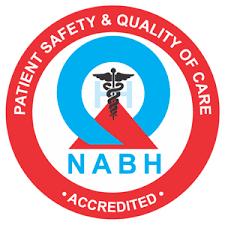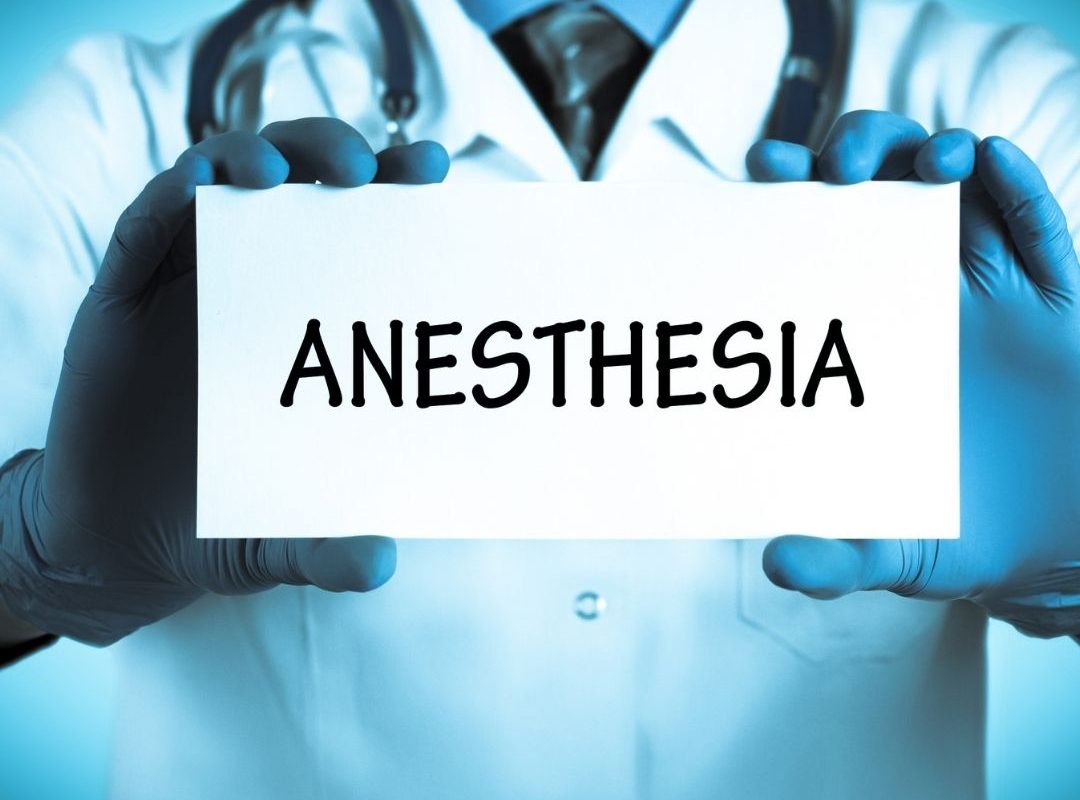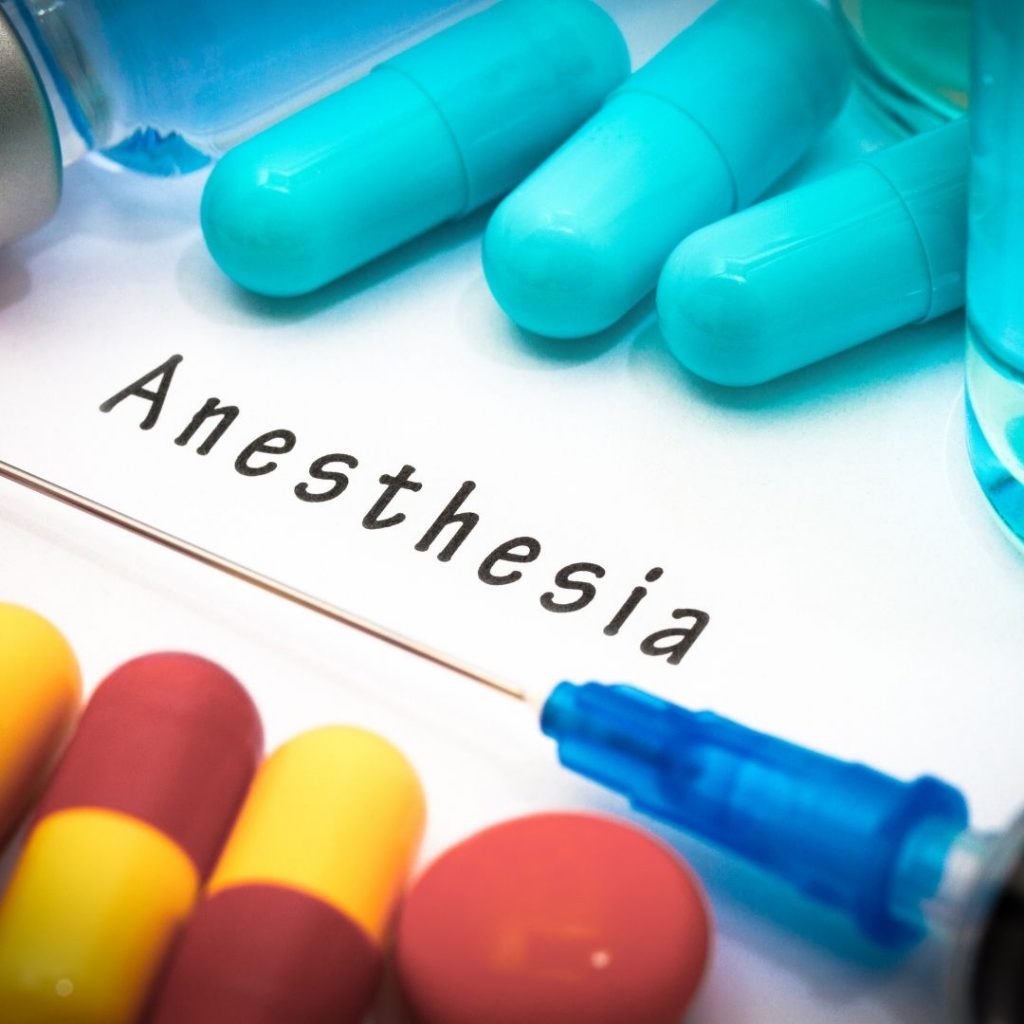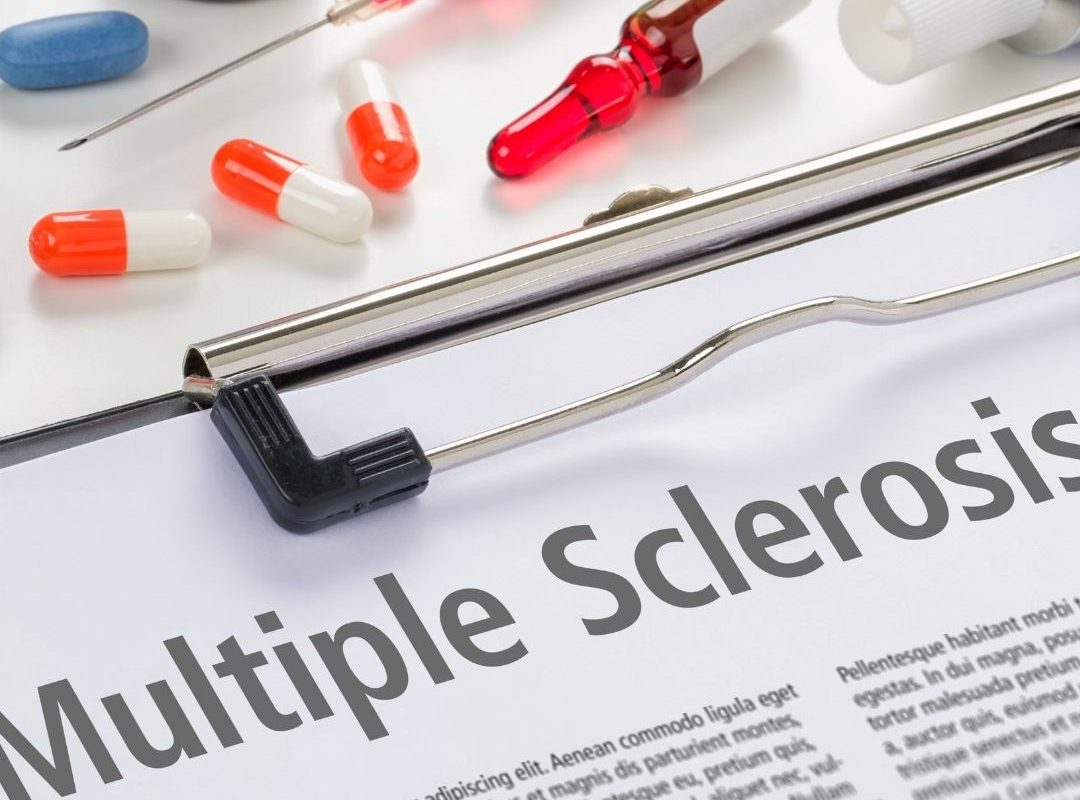Anorexia nervosa — often simply called anorexia — is an eating disorder characterized by abnormally low body weight, an intense fear of gaining weight, and a distorted perception of weight. People with anorexia place a high value on controlling their weight and shape, using extreme efforts that tend to significantly interfere with their lives.

To prevent weight gain or to continue losing weight, people with anorexia usually severely restrict the amount of food they eat. They may control calorie intake by vomiting after eating or by misusing laxatives, diet aids, diuretics or enemas.
They may also try to lose weight by exercising excessively. No matter how much weight is lost, the person continues to fear weight gain.
Anorexia isn’t really about food. It’s an extremely unhealthy and sometimes life-threatening way to try to cope with emotional problems. When you have anorexia, you often equate thinness with self-worth.
Anorexia, like other eating disorders, can take over your life and can be very difficult to overcome. But with treatment, you can gain a better sense of who you are, return to healthier eating habits and reverse some of anorexia’s serious complications.
Symptoms of Anorexia
The physical signs and symptoms of anorexia nervosa are related to starvation. Anorexia also includes emotional and behavioral issues involving an unrealistic perception of body weight and an extremely strong fear of gaining weight or becoming fat.
It may be difficult to notice signs and symptoms because what is considered a low body weight is different for each person, and some individuals may not appear extremely thin. Also, people with anorexia often disguise their thinness, eating habits, or physical problems.
Physical symptoms:
- Extreme weight loss or not making expected developmental weight gains
- Thin appearance
- Abnormal blood counts
- Fatigue
- Insomnia
- Dizziness or fainting
- Bluish discoloration of the fingers
- Hair that thins, breaks, or falls out
- Soft, downy hair covering the body
- Absence of menstruation
- Constipation and abdominal pain
- Dry or yellowish skin
- Intolerance of cold
- Irregular heart rhythms
- Low blood pressure
- Dehydration
- Swelling of arms or legs
- Eroded teeth and calluses on the knuckles from induced vomiting
- Some people who have anorexia binge and purge, similar to individuals who have bulimia. But people with anorexia generally struggle with abnormally low body weight, while individuals with bulimia typically are normal to above normal weight.
Emotional and behavioral symptoms
Behavioral symptoms of anorexia may include attempts to lose weight by:
- Severely restricting food intake through dieting or fasting
- Exercising excessively
- Bingeing and self-induced vomiting to get rid of food, which may include the use of laxatives, enemas, diet aids, or herbal products
Emotional and behavioral signs and symptoms may include:
- Preoccupation with food, which sometimes includes cooking elaborate meals for others but not eating them
- Frequently skipping meals or refusing to eat
- Denial of hunger or making excuses for not eating
- Eating only a few certain “safe” foods, usually those low in fat and calories
- Adopting a rigid meal or eating rituals, such as spitting food out after chewing
- Not wanting to eat in public
- Lying about how much food has been eaten
- Fear of gaining weight that may include repeated weighing or measuring the body
- Frequent checking in the mirror for perceived flaws
- Complaining about being fat or having parts of the body that are fat
- Covering up in layers of clothing
- Flat mood (lack of emotion)
- Social withdrawal
- Irritability
- Insomnia
- Reduced interest in sex
Causes of Anorexia
The exact cause of anorexia is unknown. As with many diseases, it’s a combination of biological, psychological, and environmental factors.
- Biological. Although it’s not yet clear which genes are involved, there may be genetic changes that make some people at higher risk of developing anorexia. Some people may have a genetic tendency toward perfectionism, sensitivity, and perseverance — all traits associated with anorexia.
- Psychological. Some people with anorexia may have obsessive-compulsive personality traits that make it easier to stick to strict diets and forgo food despite being hungry. They may have an extreme drive for perfectionism, which causes them to think they’re never thin enough. And they may have high levels of anxiety and engage in restrictive eating to reduce it.
- Environmental. Modern Western culture emphasizes thinness. Success and worth are often equated with being thin. Peer pressure may help fuel the desire to be thin, particularly among young girls.
Risk factors of Anorexia
Anorexia is more common in girls and women. However, boys and men have increasingly developed eating disorders, possibly related to growing social pressures.
Anorexia is also more common among teenagers. Still, people of any age can develop this eating disorder, though it’s rare in those over 40. Teens may be more at risk because of all the changes their bodies go through during puberty. They may also face increased peer pressure and be more sensitive to criticism or even casual comments about weight or body shape.
Certain factors increase the risk of anorexia, including:
- Genetics. Changes in specific genes may put certain people at higher risk of anorexia. Those with a first-degree relative — a parent, sibling or child — who had the disorder have a much higher risk of anorexia.
- Dieting and starvation. Dieting is a risk factor for developing an eating disorder. There is strong evidence that many of the symptoms of anorexia are actually symptoms of starvation. Starvation affects the brain and influences mood changes, rigidity in thinking, anxiety and reduction in appetite. Starvation and weight loss may change the way the brain works in vulnerable individuals, which may perpetuate restrictive eating behaviors and make it difficult to return to normal eating habits.
- Transitions. Whether it’s a new school, home or job; a relationship breakup; or the death or illness of a loved one, change can bring emotional stress and increase the risk of anorexia.
Prevention of Anorexia
There’s no guaranteed way to prevent anorexia nervosa. Primary care physicians (pediatricians, family physicians, and internists) may be in a good position to identify early indicators of anorexia and prevent the development of full-blown illness. For instance, they can ask questions about eating habits and satisfaction with appearance during routine medical appointments.
If you notice that a family member or friend has low self-esteem, severe dieting habits, and dissatisfaction with appearance, consider talking to him or her about these issues. Although you may not be able to prevent an eating disorder from developing, you can talk about healthier behavior or treatment options.
Treatment of Anorexia
Treatment for anorexia is generally done using a team approach, which includes doctors, mental health professionals, and dietitians, all with experience in eating disorders. Ongoing therapy and nutrition education is highly important to continued recovery.
Check out our recent blog on Anesthesia – https://www.saideephospital.com/2020/12/19/critical-care-anesthesia/
Do visit for regular health Updates – https://www.instagram.com/saideephealthcareofficial/










